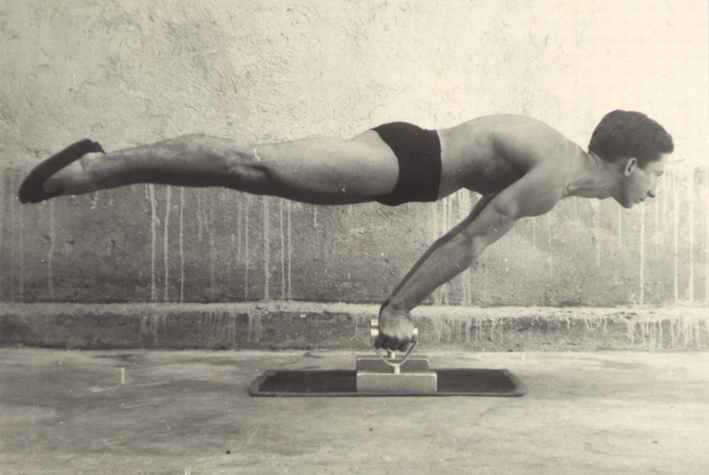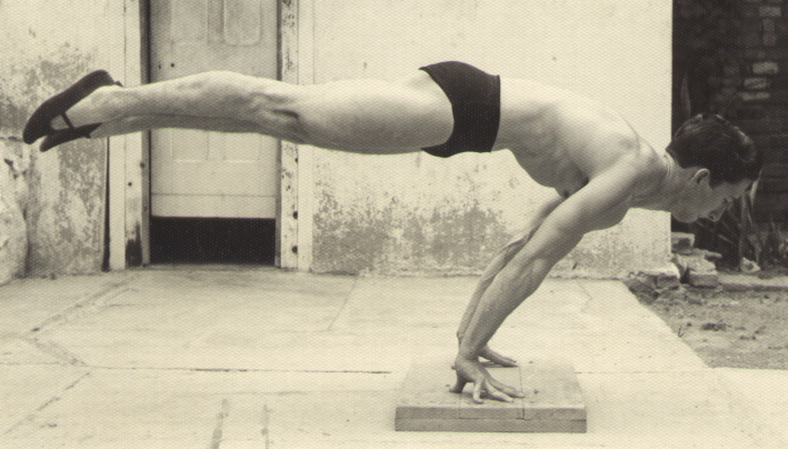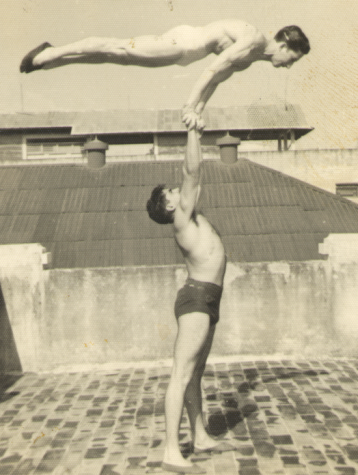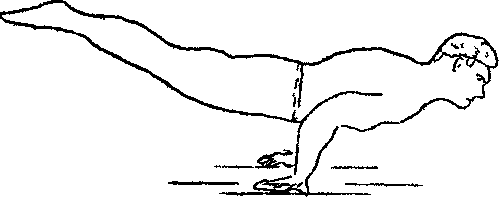“Hey Logan, just a short question on the handstand, how do you get control when you go towards under balancing ( I think…I’m new to all this, hehe)? Because when I over balance I just push the floor with my fingers, but when I under balance I just have no idea what to do.”
Thanks,
Sebastien V-G
“Hey Logan, I felt like trying a handstand today, and I tried it. I think I did pretty good, but before I can even hold it for more than a few seconds, I lose my balance and fall forwards. I have read most of the articles on this website, and I have tried the handstand again, but I still keep falling forward. Any Help?”
-Andrew
Thanks for the questions Sebastien and Andrew. They are common ones and are really all about what it takes to stay in the handstand.
To begin with if you are overbalancing you will press your fingertips into the floor. If you are underbalancing you can’t really press your palm into the floor, but you’ll want to raise your fingers up.
This old article has more details on the science of balancing.
There are also other methods of saving your balance whether its over or under. Read this article on shoulder weaving. As Bob Jones recommends this is not for beginners.
Learning this control whether by action of the hands or shoulders takes lots of practice. It’s a fine skill and will take time to develop or else everyone would be able to hold a handstand with ease.
That’s why I developed my Secrets of the Handstand Quick Start DVD. Using lead-up stunts will better help you to develop that balancing skill. And this review from Julia shows you why.
“Hi Logan, I appreciate your interest and support. You probably have the best support system I’ve seen for people using your products.
“The DVD is great, and I think it’s a valuable tool for anybody who wants to have a strong and stable handstand. I can really see the value of the lead-up stunts, and why a freestanding handstand is a bad idea until I get my frogstand under control.”
Thanks a lot!
-Julia
If you can’t control you handstand for more than a few seconds check out the Secrets of the Handstand Quick Start DVD.
Good Luck and Good Hand Balancing,
Logan Christopher









